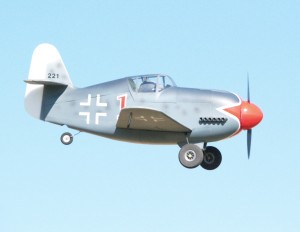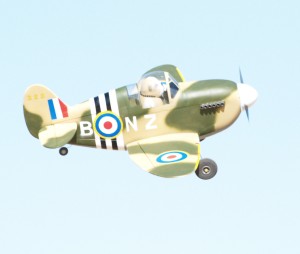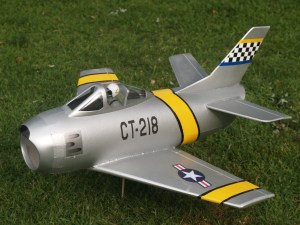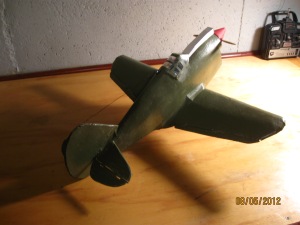This is for Peter who is carrying forward the Roland CII tradition and building his own, around 50″ scale version. His will likely be more successfull than mine was, as he won’t be overloading it with too large an engine and fuel tank, so that it becomes overweight and flies like a pig…..thats been eating bricks…….for weeks. You can check out his comments so far in the Roland CII section all the way at the bottom of the page. I thought I’d move the conversation here though, as others might benefit from whats being discussed. We had been discussing undercarriages, and I did a quick sketch of the one I used on the Roland CII. Poor as it is, it is a picture, so maybe it’s worth 500 words, I wouldn’t wager a thousand.

The top is the type I used on the Roland. Since mine was so small, a little less than 30″, I couldn’t use the type on the bottom that I used on my larger sized WWI birds. So what you see is a steel wire “V” frame inserted into wood blocks inside the fuselage that are glued to bulkheads. You just drill the right size hole after shaping the v and insert the bent ends and(glue) them. Then you bungee the floating axle to the bottom of the “v” with an appropriate strength rubber band..(your discretion). The fairing is attached to the top of the axle, I used small copper wire on the bottom to fasten the fairing and glued it into the foam fairing by simply pushing it in with glue attached. Be sure the axle spins inside the three or four little wire loops. This way, when in place, the axle can bounce up and down, and the little indented ends of the fairing keep it level in action by contacting the v frame. I hope this makes sense.
The bottom example is great and authentic when you have a thick enough fairing (larger models) and simply uses streamlined aluminum tubing (with steel wire inside optional) for the frame. At the bottom a piece of tin or aluminum flashing is folded around the bottome and glued in place. In this with a drill, a vertical slot is cut for the axle. Another thin peice of flashing can be connected between the two underneath to join the two sides and act as a cover for the groove in the fairing. I usually add tabs to this by which I can use screws to attach the fairing. Once the axle is in place and the two ends bungeed, you simply slide the fairing down over the axle, ( I use foam so I simply cut a horizontal slot to accomodate the axle in the fairing) and attach it to the bottom cross member with screws. This way the axle bounces up and down inside the fairing.
Hope this helps, it’s a lot in a very small space. But if you have any questions please ask, and perhaps others have their own techniques they’d like to share! There is more than one way to do this.
C.




















